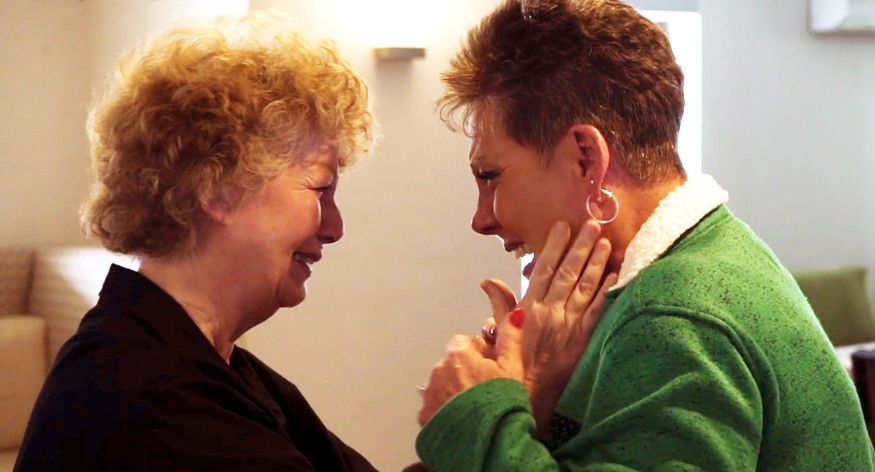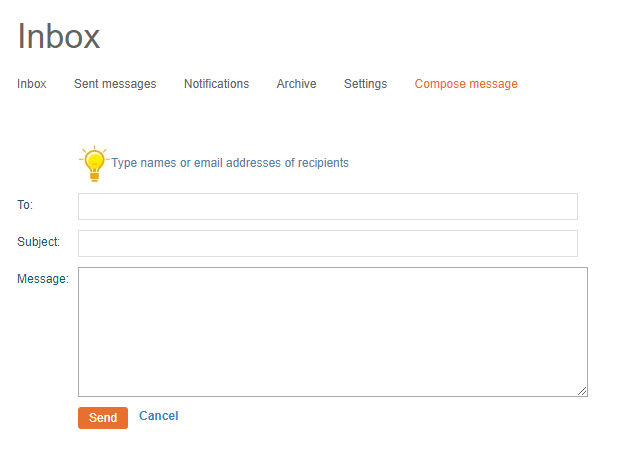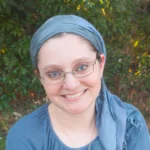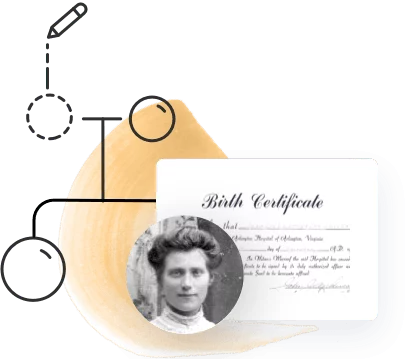
One reason someone might take a DNA test is to find biological parents, especially if the person has been unable to do so through adoption or other records. The DNA test results include a list of DNA matches from the testing service’s database, and one of those matches just might be a biological parent.
However, there are many people in the world who haven’t taken a DNA test. Those people won’t show up on any database. Is it still possible to find your biological father or mother if they haven’t taken a DNA test?
The answer is yes. In this article, we will show you how to find biological parents using a combination of your DNA results, family trees, and a little bit of sleuthing — with real-life examples from MyHeritage users who found their birth parents using these techniques.
Contact your closest DNA Match
When you test your DNA with the goal of finding your biological parents, you might strike gold and find them right away. That’s what happened to MyHeritage users Faith Loftnesness and Becky Skousen, for example.

It’s more likely, however, that you’ll receive matches to more distant relatives. But don’t be discouraged: even if your closest match is a cousin who shares only 3% of your DNA, you still might be able to locate your birth parents through them. Susana Boggs from Texas, Erna Rusi from Finland, and Anne Angot from France all found their birth fathers by contacting a 3% match.
Contacting a DNA Match is the best way to learn more about them and figure out how they may be connected to you.
Tips for contacting DNA Matches when looking for your birth parents
1. Message your match through the MyHeritage message system
Contacting your DNA matches through the MyHeritage system is completely free, whether you have taken a MyHeritage DNA test or uploaded your data to MyHeritage from a different service. Click here to learn more about using the MyHeritage system to contact other MyHeritage users.

Your DNA Match should receive an email informing them that they have a message, and they can then access their MyHeritage inbox to read it.
However, sometimes your message may not reach them. They may have turned off email notifications, ignored the email, or not gotten around to clicking the link to read the message. What do you do then?
2. No response? Try Googling
If sending a message through MyHeritage doesn’t work, you can try looking the person up. Most users register their DNA kits using a first and last name, and you’ll be able to see the country where they’re located and their age group — and you may be able to locate them fairly easily using those details. Many of our users who didn’t receive a response via the messaging system were able to find a Facebook profile or a website with contact information. See for example Erna Rusi’s story: she found that her cousin was listed as the board member of a company, so she contacted the company and was able to get through to her cousin.
If you find your match on social media, be aware that your message may not arrive directly in your match’s inbox due to message filtering systems that prevent spam. If you get no response, you can try adding the match as a friend, commenting on one of their public posts explaining that you’ve been trying to reach them regarding a DNA match on MyHeritage and asking how best to contact them, or trying to connect via another person who knows them.
If nothing seems to be working — feel free to write to MyHeritage at stories@myheritage.com. Bringing families together is our raison d’etre. Our Research team may be able to assist you.
3. Tread cautiously
Be aware that the subject of your birth may be a sensitive issue in the family. Your birth parents may have kept your adoption secret from other family members, or your reappearance in their lives may open old wounds. They may also worry that you have ulterior motives for contacting them, or even that it’s a scam.
Keep this in mind when you phrase your message or phone call. Make it clear that you won’t push them to be in touch with you if they’re not comfortable with it. And be patient: your message may come as a shock and your family member may require some time to process what you’ve told them before responding.
4. Provide as much information as you can
When you reach out, give all the information you have about the circumstances of your birth and/or adoption: the date and place, and any other details you may have. Every small detail you have may help your match verify the information, connect the dots, and lead you to your birth parents.
5. Take good care of yourself
Making contact with your birth family, when you have no idea how they will react, can be nerve-wracking. If they do react negatively, you may find yourself coping with strong feelings of rejection, resentment, or grief. Remind yourself that their reaction is not about you at all, but rather about their own family dynamics and problems.
In fact, even a completely positive reaction on their part may bring up a lot of strong feelings — both positive and negative — for you to process. So be sure to have support available when you reach out.
Using additional clues and tools to find your birth parents
Sometimes, contacting the DNA Match may not be enough. You may not be able to reach them, or they might not have the information you need. In those cases, you can leverage additional MyHeritage features to help with your search:
- Family trees: On MyHeritage, when a DNA match has been associated with a family tree, you will be able to view that tree and locate the match on it. You will also usually be able to view the names of deceased family members on the tree, and this may help provide some clues that could lead you to your birth parents. Even without a DNA test, if you have some basic information about your birth family, you may be able to learn more about them by building a family tree on MyHeritage. Smart Matches™ may lead you to other family trees built by relatives of theirs, who you could then contact. That’s what happened to MyHeritage user Danielle Rogers, who found her birth father thanks to a Smart Match™.
- Ethnicity: Some of our users have found the ethnicity results helpful when searching for their birth parents, especially if their parents were of two distinct ethnicities. Learning your own ethnicities might give you insights as to where your parents were from.
- Location: Your DNA Matches list notes the country where every match is located, and if you know that your parent was from a specific country, this might help you focus on matches in that area.
- AutoClusters: AutoClusters helps organize your DNA Matches into groups of people who match each other as well as you. If you have multiple matches and you’re not sure which side of the family they’re on, this advanced DNA feature can help you figure out which matches are related to each other. That way, if you’ve already identified your birth father’s family, for example, you’ll know that the matches who aren’t related to that side of the family are probably related to your birth mother.
Pulling it all together: Johannes’s story
A great example of using family trees, ethnicity, and some Googling and social media to find birth parents is the story of MyHeritage user Johannes Nielson.

Johannes discovered through his ethnicity results that he was half-Korean and half-West-European. Based on this information, he correctly guessed that his father was an American soldier and his mother a native of Korea whom his father had met while stationed there. This allowed Johannes to narrow his search to American males who were 18–25 years old in 1974, and when he received a DNA Match with a family tree, he identified his father on the tree using those details.
He Googled his father’s name and found an obituary that mentioned the small town where he lived. Then he found a Facebook group for that small town, joined it, and asked the group members for information about his father — and one woman replied that she was that man’s niece.
It turned out that Johannes’s birth parents had never meant to place him for adoption. They’d been forced to leave him with a family friend while he recovered from tuberculosis, and when they returned to bring him to the United States, he had vanished and they were told he had died.
Thanks to Johannes’s skillful leveraging of his DNA ethnicity results, DNA Matches, family trees, Google, and social media, he was reunited with the mother who thought she’d lost him forever as well as his 3 biological brothers.
Additional resources on researching birth parents
For more information on researching your birth parents, see the following resources on the Knowledge Base:



